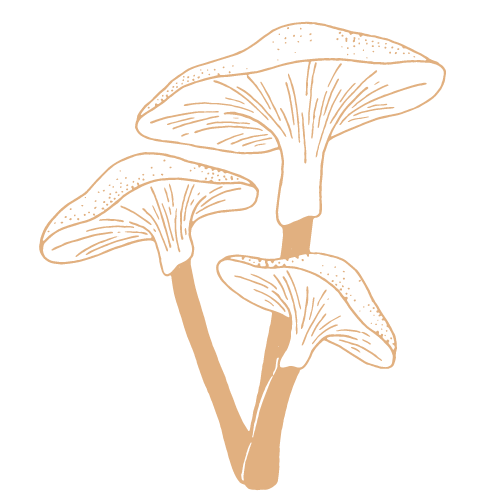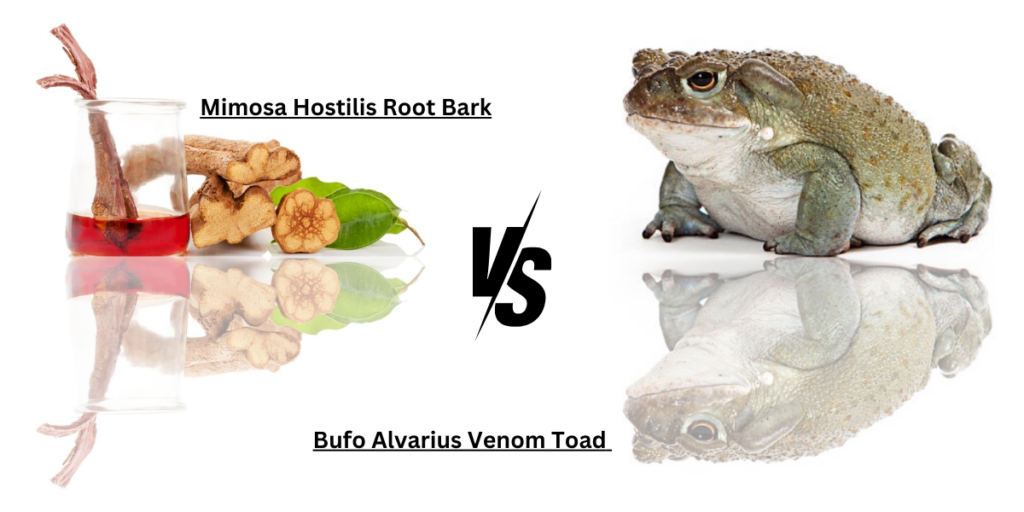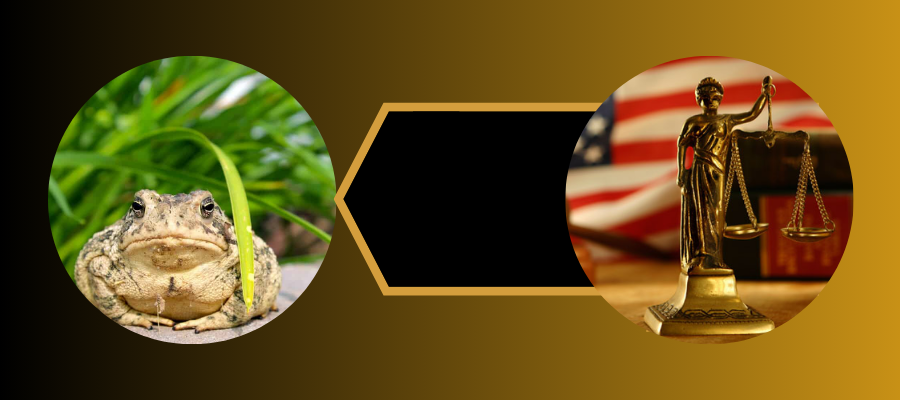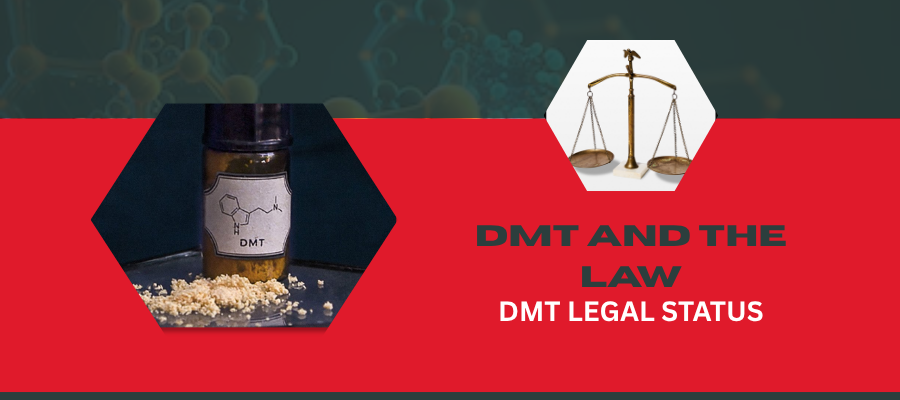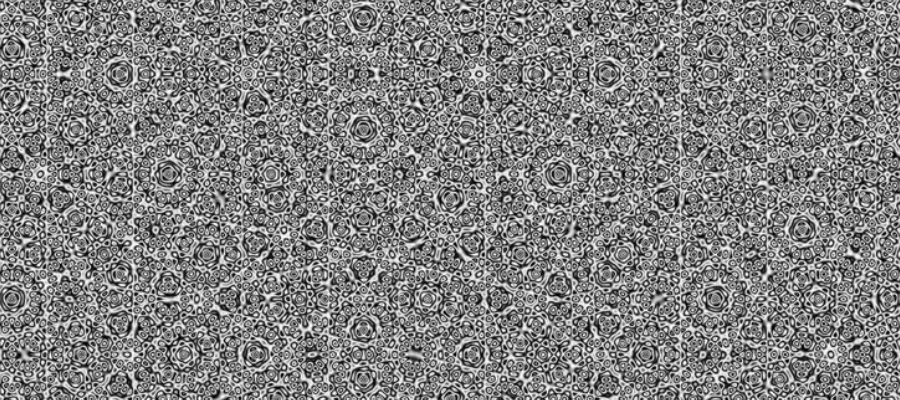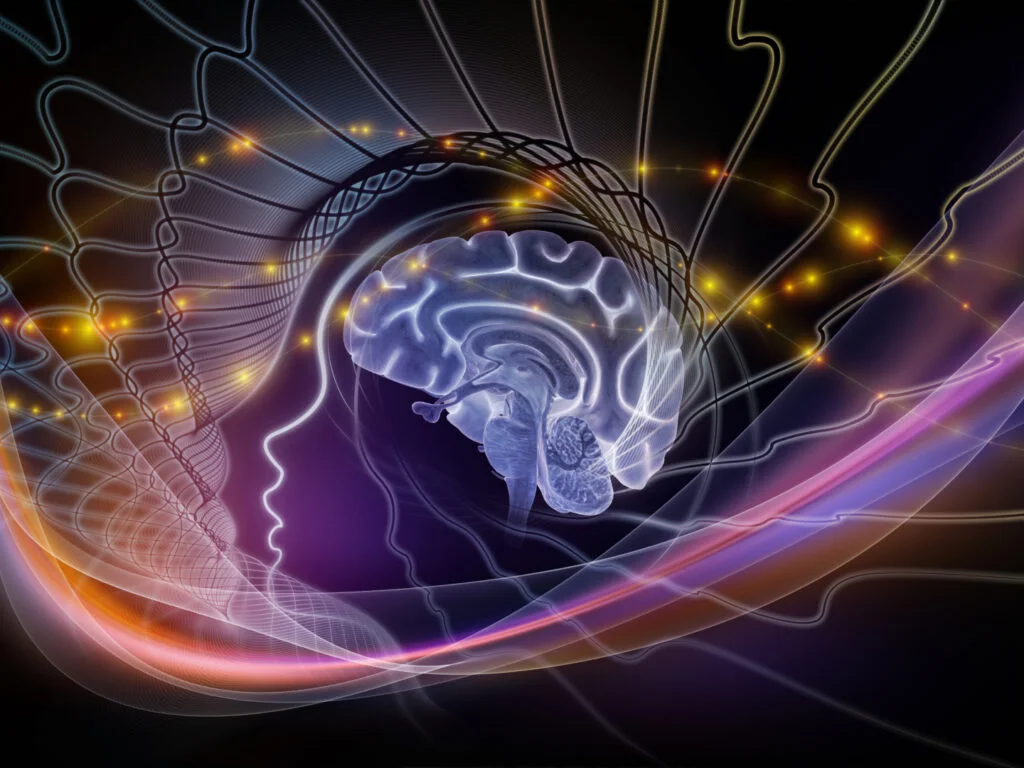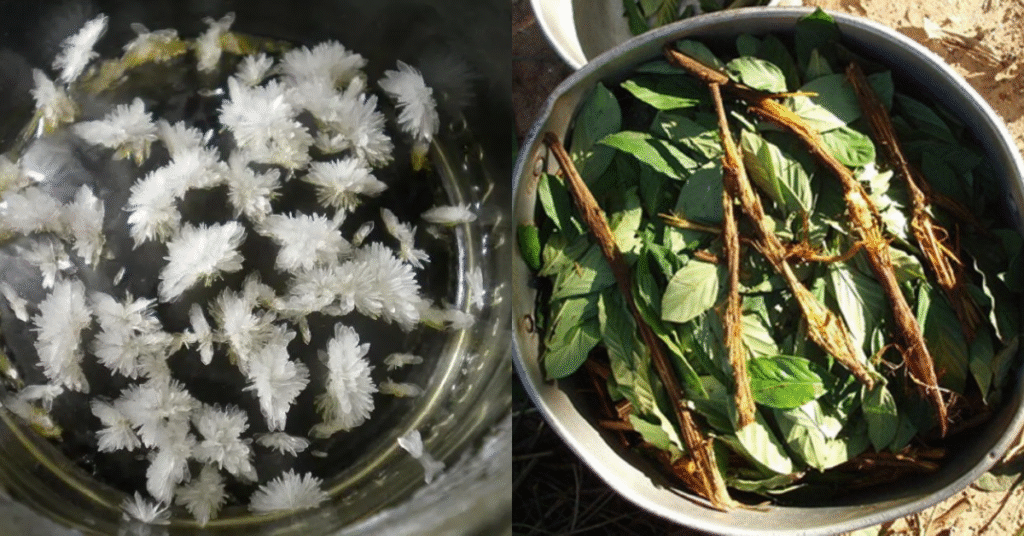Wondering the difference between DMT vs 5 MeO DMT. Or why is one psychedelic trip experience called “the businessman trip” and the other “The God molecule”. While both DMT and 5-MeO-DMT are psychedelic tryptamines, the key difference lies in their potency. Tryptamines constitute a diverse group of naturally occurring and synthetic compounds that share a common structural core—the indole ring. Many tryptamines, including DMT and 5-MeO-DMT, possess potent psychedelic properties, capable of inducing profound alterations in consciousness.
For instance, DMT and 5-MeO-DMT, both belonging to the tryptamine family, differ in their potency, duration of effects, and the specific qualities of their subjective experiences. While DMT is known for its intense visuals, rapid onset, and short duration, 5-MeO-DMT is characterized by its ego-dissolving effects, profound feelings of unity, and a slightly longer duration.
In recent years, there has been a resurgence of interest in psychedelics within the scientific community. With a growing body of research exploring their therapeutic potential for a wide range of mental health conditions. Studies have shown promising results for the use of psychedelics, such as psilocybin (found in magic mushrooms) and LSD, in treating depression, anxiety, addiction, and post-traumatic stress disorder (PTSD)
What is N,N-DMT: The Spirit Molecule
DMT, short for N,N-dimethyltryptamine, is a naturally occurring psychedelic compound found in a wide variety of plant and animal species. Also known as “The Spirit Molecule” due to the famous work of researcher Rick Strassman. His research in the 1990s with synthetic DMT explored the intense, spiritual experiences and feelings of encountering otherworldly beings that people often report when using this psychedelic It’s used in rituals by various cultures as an entheogen. This potent tryptamine derivative has even been detected in trace amounts in the human body, leading some to speculate about its potential role in endogenous processes.
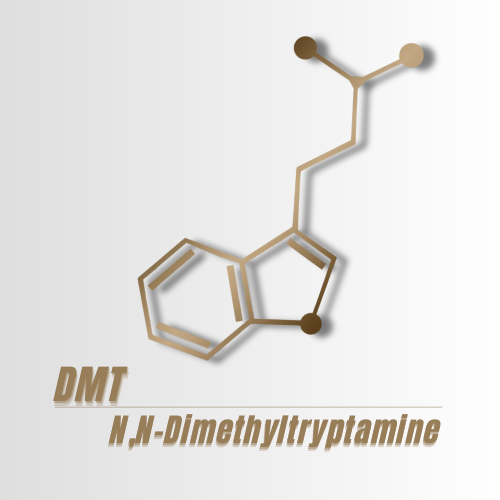
Moreover, N,N-DMT is often associated with ayahuasca. A traditional brew used for spiritual and healing purposes in indigenous cultures of the Amazon rainforest. Ayahuasca typically contains two primary ingredients: a plant containing DMT, such as Psychotria viridis, and a plant containing a monoamine oxidase inhibitor (MAOI), such as Banisteriopsis caapi. The MAOI component is essential for making DMT orally active, as it prevents its breakdown by enzymes in the digestive system
Researchers are studying the potential of N, N-DMT for neurogenesis (the growth of new brain cells) and neuroprotective effects. These effects could be beneficial for stroke victims, and research is being done in this area. N, N-DMT is also being studied for its ability to stimulate the sigma-1 receptor, which is believed to play a role in anti-inflammatory, immunomodulation, and neurogenesis processes. This has led to interest in using N, N-DMT to treat neurodegenerative diseases. Ayahuasca, a brew that contains DMT, has been associated with improvements in depression, anxiety, and addiction.
Subjective Effects and Experiential Qualities
The subjective effects of DMT are renowned for their intensity and otherworldly nature. Users often report vivid and immersive visuals, geometric patterns, and encounters with entities or beings perceived as divine or otherworldly. These experiences can range from profoundly mystical and awe-inspiring to deeply challenging and even terrifying, depending on the individual, dosage, and set and setting of the experience. Rick Strassman conducted research with synthetic DMT in the 90’s. He also titled his book ‘The Spirit Molecule.’ This term is the slang or street name for N,N-dimethyltryptamine.
One of the hallmarks of DMT is its capacity to induce “breakthrough experiences,” characterized by a perceived transcendence of ordinary reality and a sense of merging with a universal consciousness. These profound experiences can have a transformative impact on an individual’s worldview, values, and understanding of self.
The effects of DMT typically manifest rapidly, reaching their peak within minutes of administration, and lasting for a relatively short duration, typically 5 to 15 minutes. The brevity of the experience, combined with its intense and immersive nature. However, it often leads users to describe it as a journey to another realm or dimension. The feeling of complete separation from one’s body is often referred to as entering ‘hyperspace,’ a domain filled with vivid visions, ‘machine elves,’ and other communicative beings.
Traditional and Contemporary Uses
DMT has a long and storied history of use in traditional shamanic practices, particularly within the context of ayahuasca ceremonies. Indigenous cultures of the Amazon rainforest have utilized ayahuasca for centuries as a sacred medicine, facilitating healing, spiritual growth, and divination.
In recent decades, there has been a growing interest in DMT and ayahuasca beyond their traditional contexts. Modern ceremonial use and therapeutic exploration are increasingly common, with individuals seeking out these experiences for personal growth, healing, and spiritual insights.
What is 5-MeO-DMT: The Bufo Toad Venom and Beyond
Chemical Structure and Sources
5-MeO-DMT (5-methoxy-N,N-dimethyltryptamine) is a psychedelic substance that occurs naturally in many plants and in the glands of the Colorado River toad. Also known as O-methylbufotenin or mebufotenin. Additionally, 5-MeO-DMT, or 5-methoxy-N,N-dimethyltryptamine, is a powerful psychedelic compound unclosely related to DMT. Known for its ability to induce profound alterations in consciousness, characterized by ego dissolution, feelings of unity, and mystical experiences.
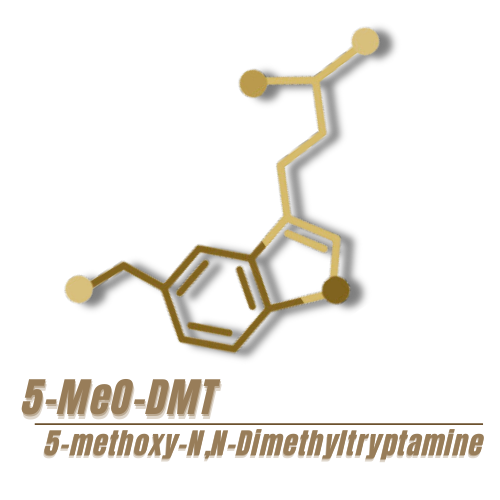

While 5-MeO-DMT is perhaps most famously associated with the venom of the Bufo alvarius toad, a species native to the Sonoran Desert of North America, it is also found in various plant sources, including certain types of seeds and trees.
Subjective Effects: Ego Dissolution and Unity
The subjective effects of 5-MeO-DMT differ from those of DMT in several key aspects. Notably, 5-MeO-DMT is known for its potent ego-dissolving effects, often leading to a complete loss of the sense of self and a perceived merging with the universe or a universal consciousness. These experiences are often described as “whiteouts” or “void states,” where all sense of individual identity and separation dissolves.
Users of 5-MeO-DMT frequently report intense emotional states, ranging from profound fear and anxiety to ecstatic euphoria and feelings of transcendence. The specific emotional response can vary significantly depending on factors such as dosage, set, setting, and personal predisposition.
Traditional and Emerging Applications
5-MeO-DMT has a history of use in indigenous cultures for ritualistic and medicinal purposes. However, its traditional applications are less well-documented compared to DMT and ayahuasca.
In recent years, there has been a growing interest in the therapeutic potential of 5-MeO-DMT, particularly for its potential to address mental health conditions such as depression, anxiety, and addiction. While research is still in its early stages, preliminary findings suggest that 5-MeO-DMT may offer unique benefits in promoting psychological healing and well-being.
Comparing the DMT and 5-MeO-DMT Experiences
Onset, Duration, and Intensity of Effects
One of the most noticeable differences between DMT vs 5-MeO-DMT lies in their onset, duration, and intensity of effects. DMT is characterized by its extremely rapid onset, with effects typically manifesting within seconds to minutes of administration. The peak effects are generally reached quickly and subside within 15 minutes, leaving users with a sense of having returned from a brief but intense journey.
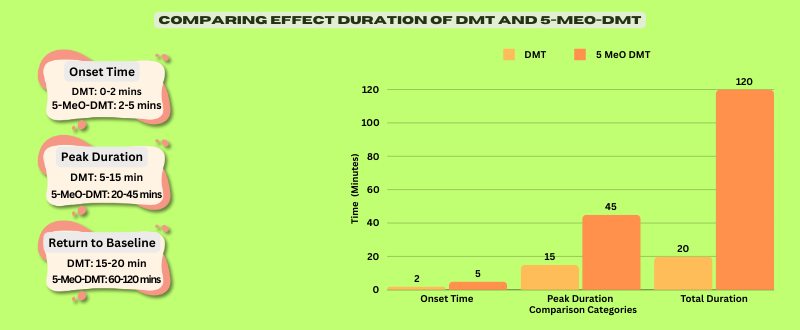
In contrast, 5-MeO-DMT has a slightly slower onset, with effects typically taking a few minutes to fully manifest. The peak effects can last for 20 to 45 minutes, followed by a gradual return to baseline consciousness over the course of an hour or two. In terms of intensity, both DMT and 5-MeO-DMT are considered potent psychedelics, capable of inducing profound alterations in perception and consciousness. However, the specific qualities of the experiences differ, with DMT often emphasizing visual phenomena and otherworldly realms, while 5-MeO-DMT leans towards ego dissolution, feelings of unity, and mystical states.
Visuals, Sensory Shifts, and Altered Perception
Both DMT and 5-MeO-DMT can elicit vivid and immersive visuals, geometric patterns, and distortions of sensory perception. However, the nature and intensity of these visual phenomena can vary between the two substances. DMT is often associated with more intricate and complex visual imagery, including landscapes, entities, and geometric patterns that unfold in a kaleidoscopic fashion. Users of DMT, specifically N,N-DMT, often report encountering entities during their trips.
These entities have been described in a variety of ways, including:
- Beings
- Elves
- Spirits
- Gods
- Guide
- Alien’s
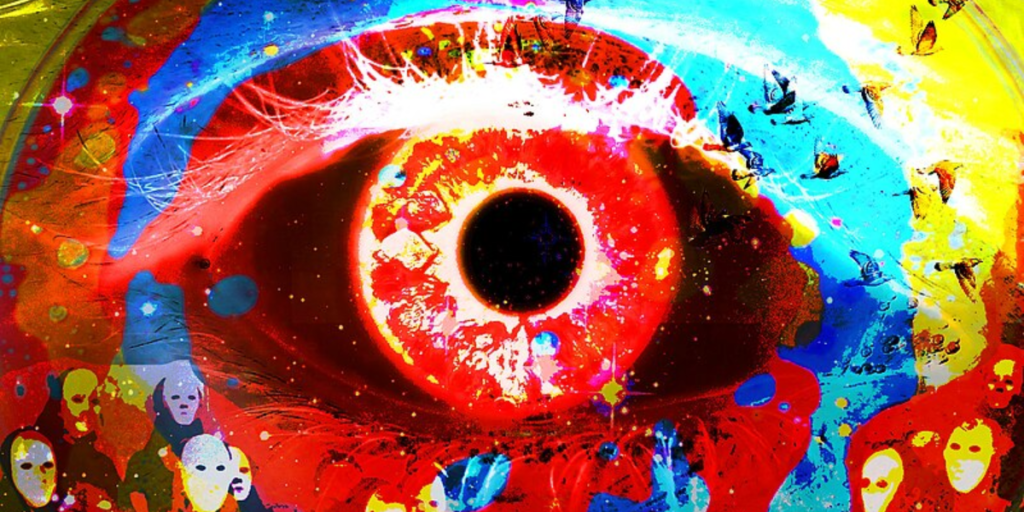
5-MeO-DMT, on the other hand, may produce less defined visuals, often characterized by bright lights, swirling patterns, and a sense of dissolving into a white or void-like space. The focus of the experience tends to shift away from external visuals and towards internal sensations and a sense of merging with the universe.
Emotional Impact and Psychological Insights
The emotional impact of DMT vs 5-MeO-DMT can be profound and transformative. Both substances can evoke a wide range of emotions, from fear and anxiety to bliss and euphoria. The specific emotional response is highly individual and influenced by factors such as dosage, set and setting, and personal predisposition.

Many users report gaining valuable psychological insights and experiencing personal growth following DMT and 5-MeO-DMT experiences. The profound alterations in consciousness and ego dissolution can facilitate a shift in perspective, leading to new understandings of oneself, the world, and one’s place within it.
Safety, Legality, and Ethical Considerations
Harm Reduction and Responsible Use
As with any potent psychoactive substance, harm reduction and responsible use are paramount when considering DMT or 5-MeO-DMT. These substances can induce intense and challenging experiences, and it is essential to approach them with caution and respect.
- Set and Setting: The mindset and environment in which a psychedelic experience takes place, commonly referred to as “set and setting,” play a crucial role in shaping the outcome. A calm, supportive, and safe environment can foster positive and insightful experiences, while an unstable or chaotic setting can increase the risk of challenging or even traumatic reactions.
- Dosage Guidelines and Potential for Adverse Reactions: It is essential to start with low doses and gradually increase as needed to find the appropriate level for each individual. High doses of DMT or 5-MeO-DMT can lead to overwhelming experiences, including intense anxiety, fear, confusion, and physical discomfort.
- Need for Experienced Guidance and Integration Support: Having experienced guidance and integration support can significantly enhance the safety and therapeutic potential of these experiences. A knowledgeable facilitator can provide guidance on dosage, set and setting, and offer support in processing and integrating the insights gained during the journey.
Legal Status and Regulatory Landscape
The legal status of DMT and 5-MeO-DMT varies significantly around the world. In many countries, including the United States, these substances are classified as Schedule I drugs, indicating a high potential for abuse and no currently accepted medical use. This classification has implications for research, therapeutic access, and personal use.
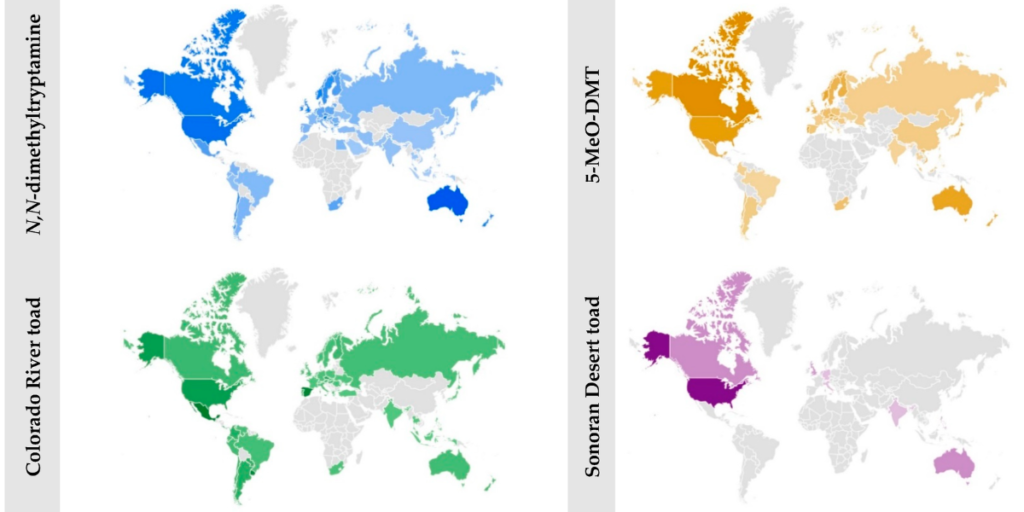
Despite their legal restrictions, research into the therapeutic potential of DMT and 5-MeO-DMT is ongoing in some countries. Organizations like the Multidisciplinary Association for Psychedelic Studies (MAPS) and the Beckley Foundation are actively involved in studying the potential benefits of these substances for mental health conditions.
Ethical Considerations: Respecting Indigenous Traditions
As interest in DMT vs 5-MeO-DMT grows within Western cultures, it is crucial to address ethical considerations, particularly concerning the respect for indigenous traditions and the sustainability of sourcing these substances.
- Cultural Appropriation and Responsible Engagement: It is essential to avoid cultural appropriation and to engage with indigenous communities and their traditional knowledge with respect and humility. Seeking guidance from experienced practitioners within their cultural contexts can help ensure responsible and ethical use.
- Sustainability Concerns with Sourcing from Natural Environments: The increasing demand for 5-MeO-DMT derived from Bufo alvarius toad venom has raised concerns about the sustainability of wild populations. Responsible sourcing and conservation efforts are crucial to protect these animals and their ecosystems. Exploring alternative sources, such as synthetic 5-MeO-DMT, can help mitigate the impact on wild toad populations.
Conclusion: Navigating the Psychedelic Spectrum of DMT vs 5 MeO DMT
DMT and 5-MeO-DMT offer unique and profound pathways into the realms of consciousness, each with its own distinct characteristics and potential benefits. While DMT is known for its intense visuals, rapid onset, and short duration, 5-MeO-DMT is characterized by its ego-dissolving effects, profound feelings of unity, and a slightly longer duration.
As with any powerful tool, responsible use is paramount. Harm reduction practices, including careful attention to set and setting, dosage considerations, and seeking experienced guidance, can significantly enhance the safety and positive potential of these experiences.
The evolving landscape of psychedelic research and therapy holds promise for the future. Ongoing scientific investigations and clinical trials are exploring the potential of DMT and 5-MeO-DMT to address a wide range of mental health conditions, paving the way for new approaches to healing and well-being.
DMT vs 5 MeO DMT: Frequently Asked Questions (FAQs)
While both are potent psychedelics belonging to the tryptamine family, DMT and 5-MeO-DMT differ in their onset, duration, and subjective effects. DMT is known for its rapid onset (seconds to minutes), short duration (5-15 minutes), and intense visuals, often described as journeys to otherworldly realms. 5-MeO-DMT has a slightly slower onset (a few minutes), longer duration (20-45 minutes), and is characterized by ego dissolution, feelings of unity, and mystical states.
The safety of DMT and 5-MeO-DMT depends on various factors, including dosage, set and setting, individual sensitivity, and the presence of pre-existing medical or psychiatric conditions. These substances can induce intense and challenging experiences, and it is essential to approach them with caution and respect. High doses or inappropriate settings can increase the risk of adverse reactions, including anxiety, fear, confusion, and physical discomfort.
● Potential risks and side effects of DMT and 5-MeO-DMT can include:
○ Psychological distress: anxiety, fear, panic, confusion, paranoia
○ Physical discomfort: nausea, vomiting, dizziness, increased heart rate, changes in blood pressure
○ Challenging experiences: difficult emotions, overwhelming sensations, temporary loss of self-control
○ Exacerbation of pre-existing mental health conditions
The legal status of DMT and 5-MeO-DMT varies significantly around the world. In many countries, including the United States, these substances are classified as Schedule I drugs, indicating a high potential for abuse and no currently accepted medical use. This classification makes them illegal to possess, distribute, or manufacture without authorization.
● Reputable sources of information about DMT and 5-MeO-DMT include:
○ Multidisciplinary Association for Psychedelic Studies (MAPS): maps.org
○ Erowid Center: erowid.org
○ PsychonautWiki: psychonautwiki.org
Recently psychedelic tryptamines have caught the attention of research and also in the search of 5-MeO-DMT and N,N-DMT synthetic powder. More you can now order DMT and 5 MeO DMT online at Psychedelic Medicinal Dispensary. We ship to all 50 states in the US and to 50 other countries worldwide.
Remember, it is crucial to approach these substances with respect, responsibility, and a commitment to harm reduction practices. Seeking guidance from experienced practitioners and integration support can enhance the safety and therapeutic potential of these profound experiences.
